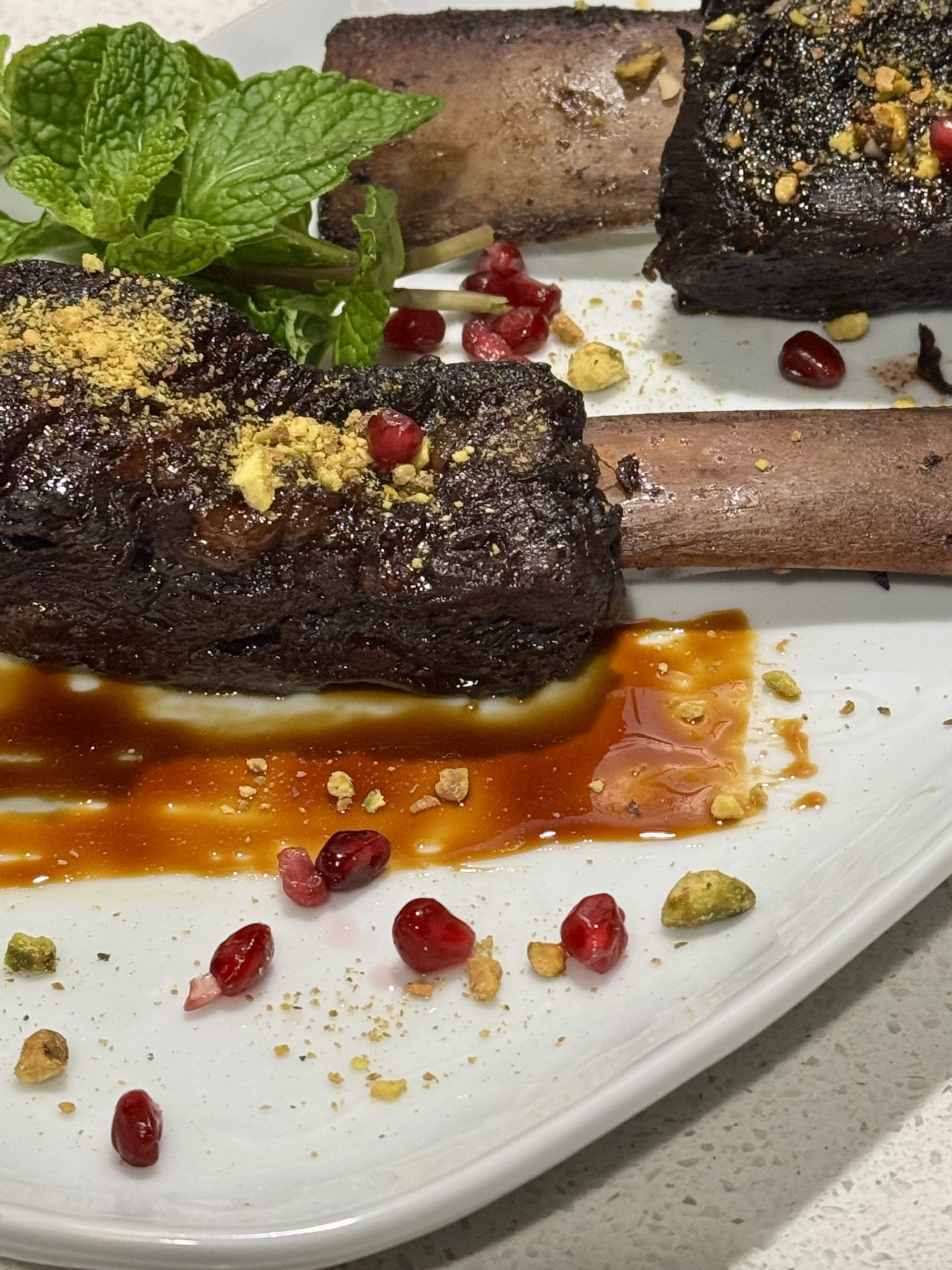What simmering beef ribs can teach us about patience, creativity, and real insight.
KEY POINTS
- Like beef ribs that braise for hours, good thinking can’t be rushed.
- The brain’s default mode needs time to wander and make connections that lead to genuine insight.
- Patience with unanswered questions is trust in a process that yields wisdom.
Like all of us, I’m busy, but most days I manufacture the time to cook for my family. I braise beef ribs for hours, I let stock simmer all afternoon, I julienne vegetables till they’re just right for the salad.
It’s slow, deliberate work. I move through the kitchen without hurry, letting things take the time they need. And when I do this, when I give a meal the patience it asks for, it shows. The flavors deepen. The meat falls apart with the slightest pressure of a spoon. The sauce reduces to exactly the right thickness.
It can feel like magic, but it isn’t. It’s simply care applied over time.
What Slow Cooking Reveals
When we rush in the kitchen, we get something edible but rarely something deep or transformative. If you’ve ever eaten a stew cooked for six hours beside one cooked in 30 minutes, you know the difference. One fills you while the other nourishes you.
Thinking is like that. When we hurry to resolve a question, when we crave an instant answer, we get output—but not insight. We produce words instead of acquiring wisdom.
The best thinking, like the best cooking, takes time to develop. It needs to simmer quietly, to let ideas mix and flavors deepen. And that requires patience, a rare quality in a world that rewards speed, certainty, and immediate results.
The Science of Simmering
Neuroscientists talk about the brain’s default mode network (DMN), the system that is active when we’re not intentionally making ourselves solve a problem or perform a particular task. The DMN kicks into gear during rest and in those times when the mind wanders; it’s what takes over when we walk or shower or simply stare out of the window.
Research on the DMN shows that it helps us make unexpected connections, integrate scattered experiences into coherent meaning, and develop genuine insight. This is some of the most important cognitive work we need to do, and it kicks in only when we give it time and space.
Insight, in other words, requires time—slow thinking.
When we’re constantly consuming, responding, producing—always on high heat— we get output without depth. It’s like trying to braise at 500 degrees: You get meat that’s charred on the outside and raw in the middle.
Real transformation, in thinking as in cooking, requires sustained, patient heat.
Trusting the Process
Of course, patience doesn’t come naturally to most human beings. It’s uncomfortable to sit with questions that refuse to yield answers. Most of us, when we don’t understand something, want to fix it, solve it, or move on. The last thing we want to do is stay with the discomfort of not knowing the answer yet.
But some questions—often, the most important ones—resist that. They ask us to stay with them, sometimes for years.
Cooking taught me how to do that. When I’m braising short ribs, I don’t hover anxiously at hour two, wondering if it’s working. I know what’s happening inside the pot, even if I can’t see it. I know that at first the meat will taste tough and bland, and that’s exactly how it should be. The magic happens slowly—cell walls breaking down, collagen melting, flavors mingling.
Even if it tastes terrible now, I know it will taste extraordinary in six hours.
Thinking is much the same. When I’m wrestling with a hard question—about work, a relationship, a choice—I remind myself that the answer may not be ready yet. My job is to keep showing up, to keep the heat steady, to let time do its work.
It’s a kind of trust—in the process, in the mind, in life itself. The answers will come, the questions will dissolve. We just have to stick with it.
Five Ways to Let Your Ideas Simmer
Over time, I’ve found a few habits that help me practice this slower way of thinking:
1. Keep an “idea crockpot.” Write down the questions or problems that matter to you. Don’t try to solve them immediately. Instead, let your thinking develop and revisit them every so often.
2. Protect your simmer time. Schedule time for walks, showers, cooking, or anything that keeps your hands busy and your mind free. These are the moments when the DMN, the brain’s slow cooker, does its best work.
3. Resist the instant answer. When you’re curious about something, sit with it before Googling or asking AI. Let your mind wander around the question first. You’ll be surprised by what surfaces when you give your own thinking the first pass.
4. Practice sensory patience. Cook something slow. Garden. Build something by hand. Train your nervous system to tolerate the discomfort of waiting and watching.
5. Embrace “I don’t know yet.” When asked for your opinion, experiment with saying, “I’m still thinking about that.” It’s not indecision; it’s intellectual honesty. Some questions deserve to marinate.
Slow Thinking as a Practice of Love
Time is the one resource we can never replenish. And when we give our time to something, to some person or activity, we’re saying: This matters. When I spend hours dicing vegetables and reducing sauces for my son, I’m not just making him dinner. I’m telling him: I love you. When we give time to a question—when we stay with it long after the easy answers have run out—we’re doing more than solving a problem. We’re caring for it. We’re saying: This question, this idea, this truth is worthy of my attention.
Ultimately, to think slowly is an act of love.
[Photo: Faisal Hoque]
Original article @ Psychology Today.
















